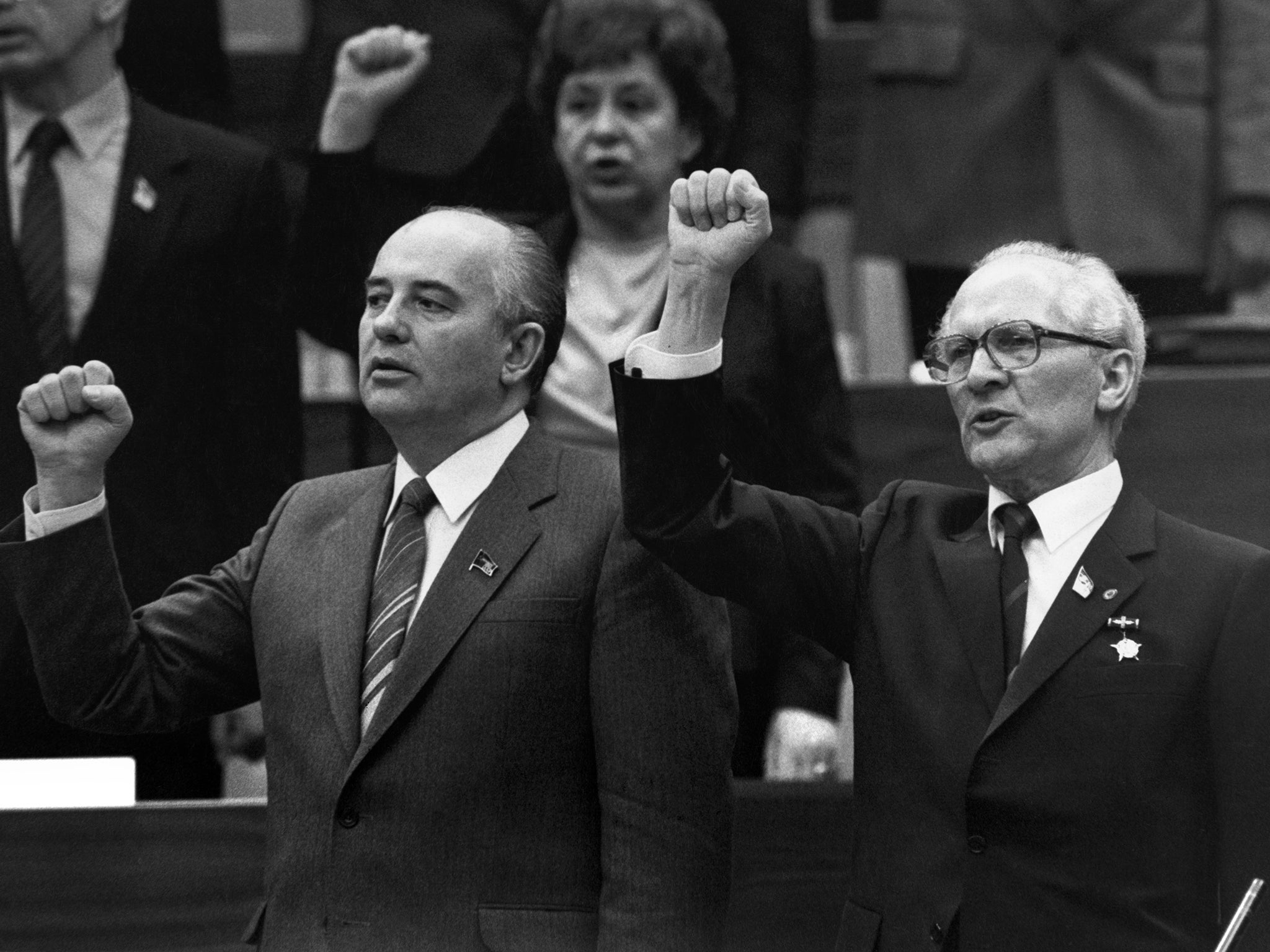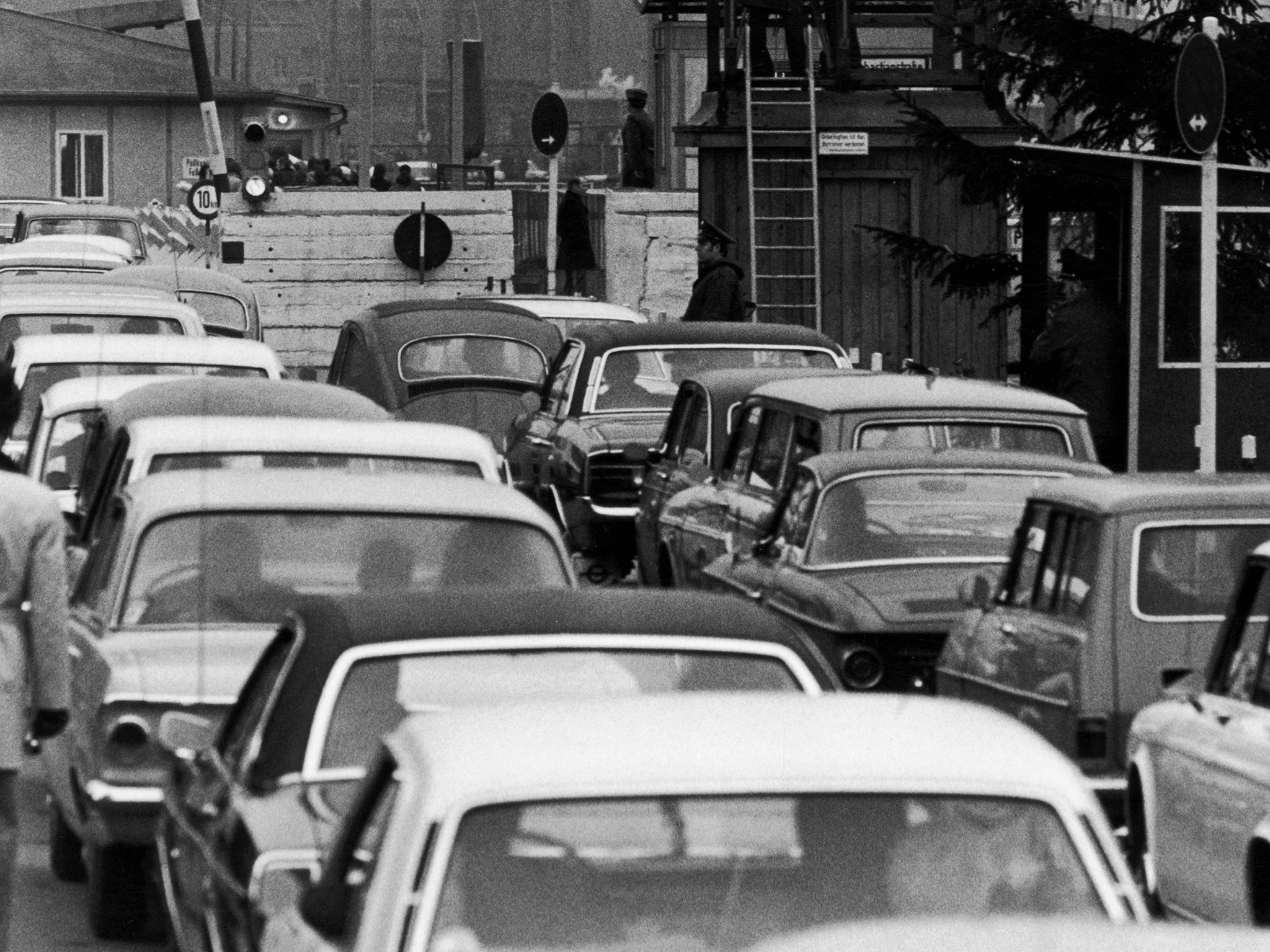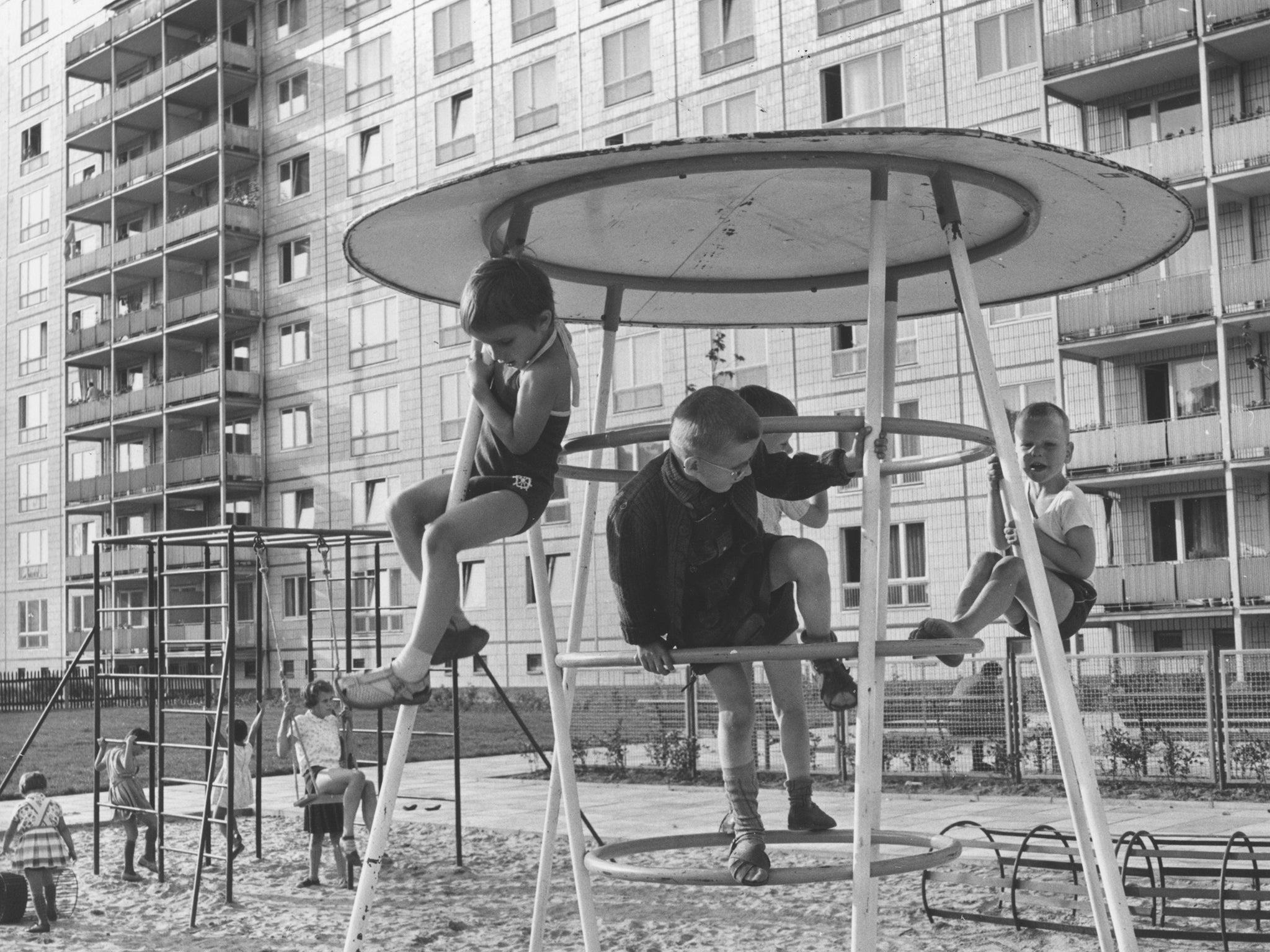Fall of the Berlin Wall: It was thanks to Soviet leader Mikhail Gorbachev that this symbol of division fell
He believed liberalism was consistent with Communism, but he was wrong. The forces of democracy he unleashed toppled the Wall, and it is because of him this occurred without bloodshed

Your support helps us to tell the story
From reproductive rights to climate change to Big Tech, The Independent is on the ground when the story is developing. Whether it's investigating the financials of Elon Musk's pro-Trump PAC or producing our latest documentary, 'The A Word', which shines a light on the American women fighting for reproductive rights, we know how important it is to parse out the facts from the messaging.
At such a critical moment in US history, we need reporters on the ground. Your donation allows us to keep sending journalists to speak to both sides of the story.
The Independent is trusted by Americans across the entire political spectrum. And unlike many other quality news outlets, we choose not to lock Americans out of our reporting and analysis with paywalls. We believe quality journalism should be available to everyone, paid for by those who can afford it.
Your support makes all the difference.If you seek Mikhail Gorbachev’s monument, do not look for it in today’s nationalist, authoritarian Russia. Rather, follow a ribbon of cobblestones running some 6km through the heart of Berlin. The stones mark the course of the Berlin Wall, symbol of the Cold War division of Europe. That ideological struggle has vanished. So too, has the Wall. Thanks, it must be said, more than to any other individual, to the last leader of the Soviet Union.
Sooner or later, of course, the Wall would have disappeared. “Mr Gorbachev, tear down this Wall,” Ronald Reagan demanded in his speech in June 1987 in front of the sealed Brandenburg Gate. But no one listening that day could have dreamt that within two and a half years, precisely that would have happened.
Only 24 hours before the crossing points were opened on 9 November 1989, Helmut Kohl, the West German Chancellor, was in Poland, assuring Lech Walesa, the country’s first non-Communist leader, that it would be “many years” before Germany was reunited.
Kohl was spectacularly wrong. But the Wall’s demise did not happen in isolation – and least of all was it due to the urgings of a US President. It was the product of events that Gorbachev did not initiate, but which his domestic reforms accelerated to fatal speed, as perestroika and glasnost at home interacted with mounting restlessness in the Soviet Union’s European empire.
Just 20 years before, the iron grip on that empire seemed unshakeable, as Soviet tanks rolled into Czechoslovakia in 1968. It was the high point of the “Brezhnev doctrine” that prescribed limited sovereignty for its satellites, and a duty to intervene in “fraternal solidarity”, should one of them veer off the socialist path.
So it was in Czechoslovakia, and so it was for any hopes of political liberalisation within the Soviet Union. Thereafter a decade passed with scant change. But in 1978, the unlikely persons of the cardinals of the Roman Catholic Church helped set in motion the process that would lead to the fall of the Wall.
Poland, with a long history of enmity to Russia, and whose sense of nation was entwined with its Catholic heritage, was always seen by Moscow as the most potentially troublesome member of the Warsaw Pact. The election of Karol Wojtyla proved its fears were right.
By choosing a Polish pope, the Church gave new impetus to Polish nationalism, which John Paul II actively encouraged. His ecstatically received visit to his homeland in 1979 hastened the foundation in 1980 of the Solidarity movement, led by Walesa.
The crisis culminated in 1981 when Poland’s new leader Wojciech Jaruzelski imposed martial law – but little did the world know that the Brezhnev doctrine was already dead. It was assumed Jaruzelski’s move was imposed by Moscow. In fact, by 1981, with the country bogged down by war in Afghanistan, the Kremlin had decided against an invasion.

Soviet archives leave no doubt. According to minutes of a Politburo meeting of 10 December 1981, Yuri Andropov – then KGB chief – declared: “We do not intend to introduce troops into Poland.”
The Kremlin furthermore told Jaruzelski that even if the Polish authorities themselves failed to restore order, fraternal support from Moscow would not be forthcoming.
Four years later, Gorbachev became general secretary, his overriding priority to reform the sclerotic Soviet system. The country moreover had to extricate itself from the Afghan morass. He told the Kremlin’s East European satraps they could not look to Moscow for help.
Thereafter, with every passing month, the gap only grew between the youthful reformer in Moscow and the ageing hardliners who ran the other Warsaw Pact countries.
Gorbachev’s attention was consumed by the spiralling crisis within the Soviet borders, not just economic but now embracing nationalist stirrings in the Baltic states and Transcaucasia, and demands for liberalisation at home, opposed by his hardline foes in the Politburo.
In the summer and autumn of 1989, matters boiled over. Faced by mounting internal unrest, and the knowledge that Moscow would not intervene, the satellite Communist parties fell like dominoes and Eastern Europe was reborn.

First to go was Poland, where in June 1989 Solidarity swept national elections. Next was Hungary, whose new rulers – fatally for East Germany – began removing the barbed wire border with Austria, dismantling the Iron Curtain, and allowing East Germans who had fled there to get to the West. The Berlin Wall was simply being circumvented. And at every juncture Gorbachev signalled he had no objection to what was happening.
Then came East Germany’s turn, and this time Gorbachev himself was in the thick of the action. That October he attended the 40th anniversary celebrations in East Berlin of the founding of the of the GDR. Hundreds gathered outside the parliament, shouting “Gorbi, hilf uns” (“Gorby, help us.”). And the Soviet leader responded with a public warning to Erich Honecker: “Life punishes those who come too late.”
Within days Honecker was gone, but it was indeed too late. Demonstrations engulfed the country, and a month after Gorbachev’s visit the Wall was opened. It would have happened anyway, but Gorbachev speeded the process, and helped ensure events unfolded without a bloodbath. The loss of East Germany and Eastern Europe was another of the unintended consequences that doomed the Gorbachev experiment. He was a good man, but a mistaken one. For him, the decision to let East Europe go was a question of right against wrong, part of the process of bringing Russia back into the global mainstream, jettisoning the great power obsessions that guided his predecessors.
But it also stemmed from a utopian belief that socialism and democracy could go hand-in-hand, that the system could be reformed from within. For him, liberalisation did not necessarily spell the end of socialism in Eastern Europe, no more than it would sink Communism in the Soviet Union. But he was wrong. In his attempt to reform his empire abroad, Gorbachev destroyed it – just as perestroika and glasnost did not strengthen the Soviet Union, but brought about its downfall. The most uplifting place to trace that failure is that track of cobblestones running through the heart of Berlin.
Tomorrow: A Berlin schoolboy remembers
Join our commenting forum
Join thought-provoking conversations, follow other Independent readers and see their replies
Comments